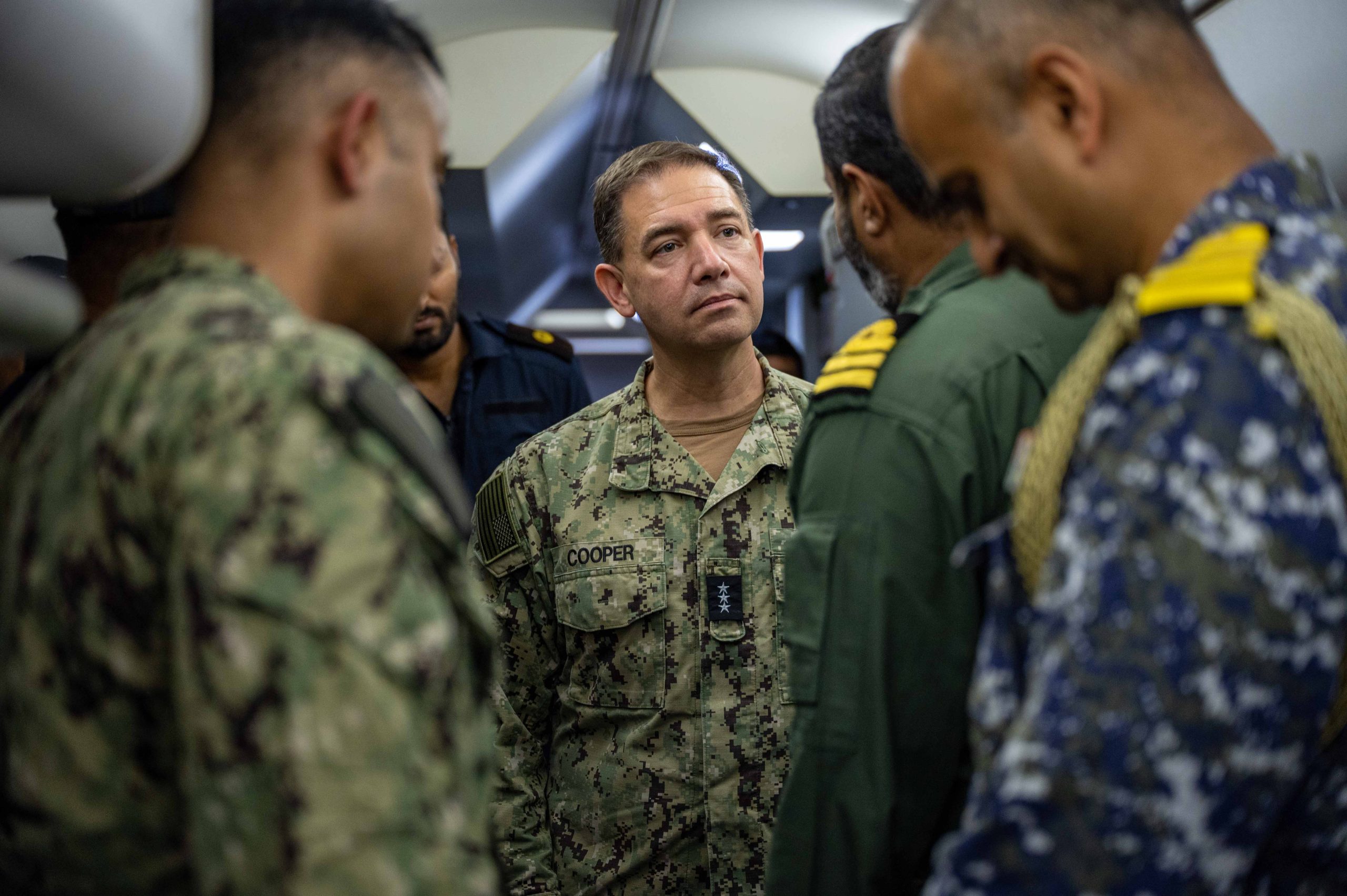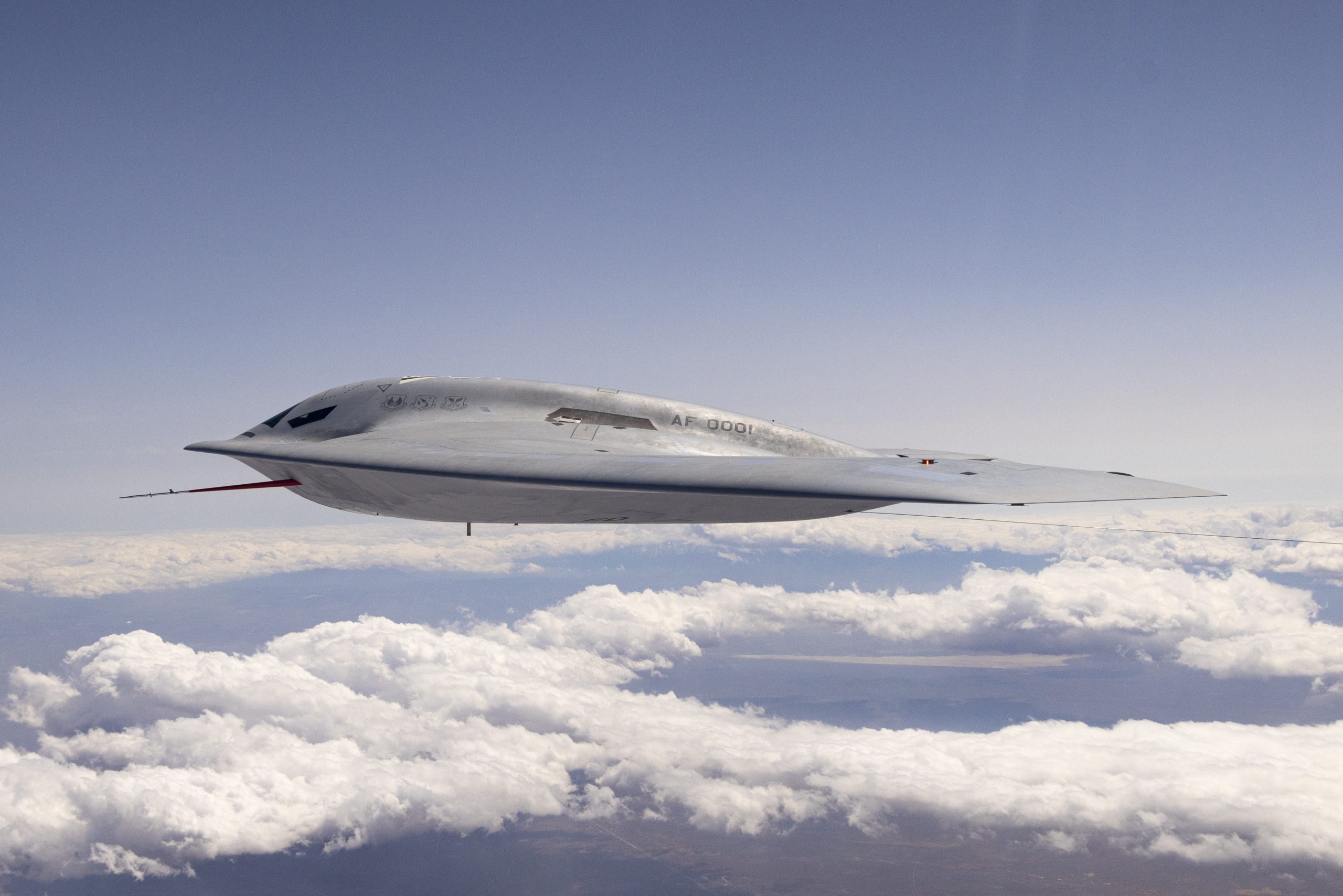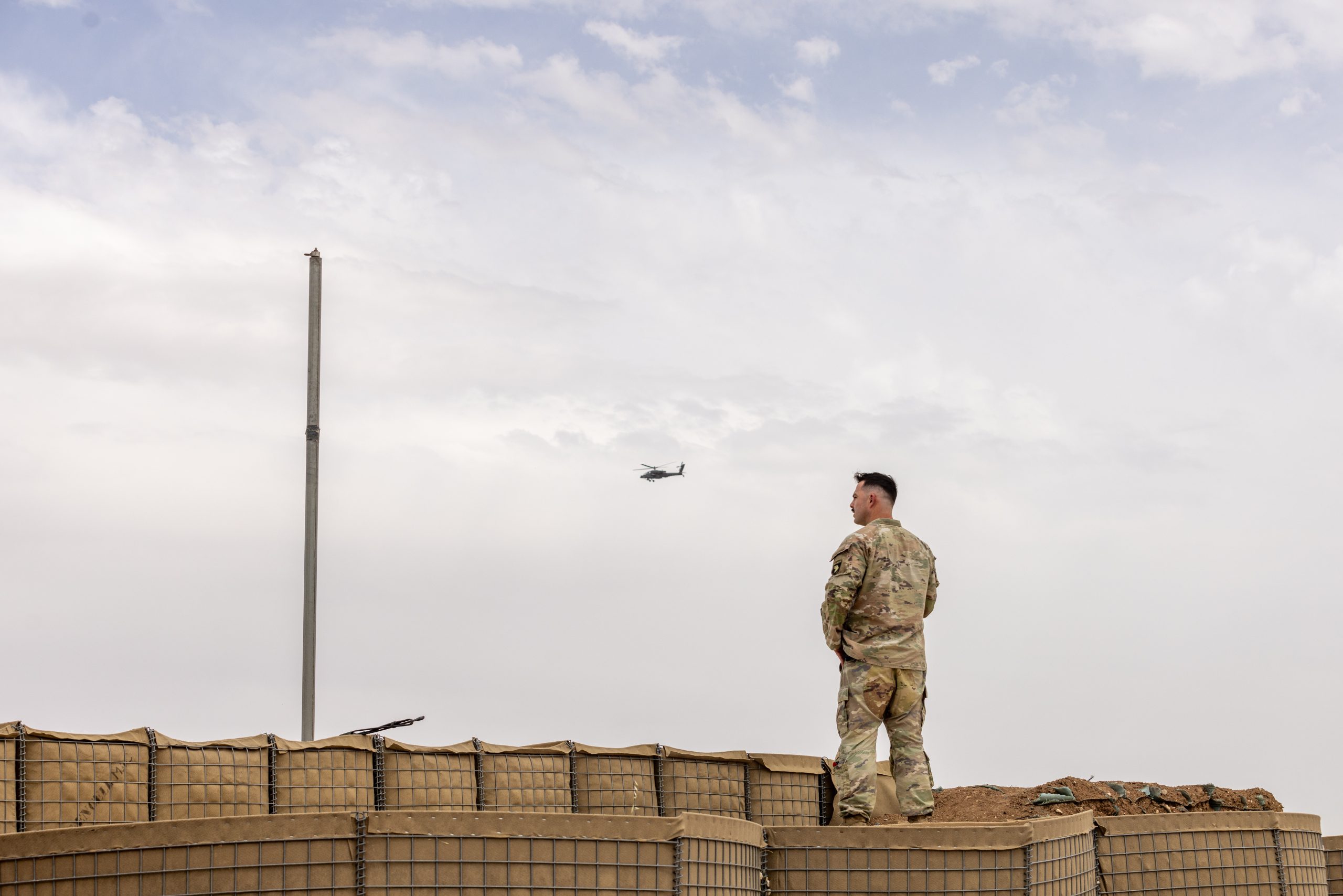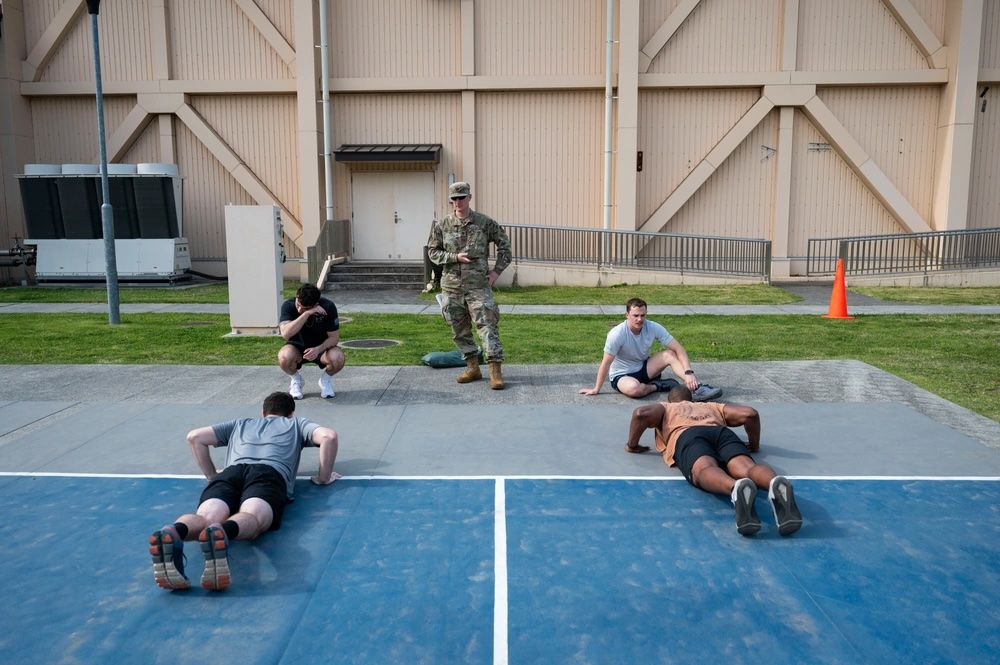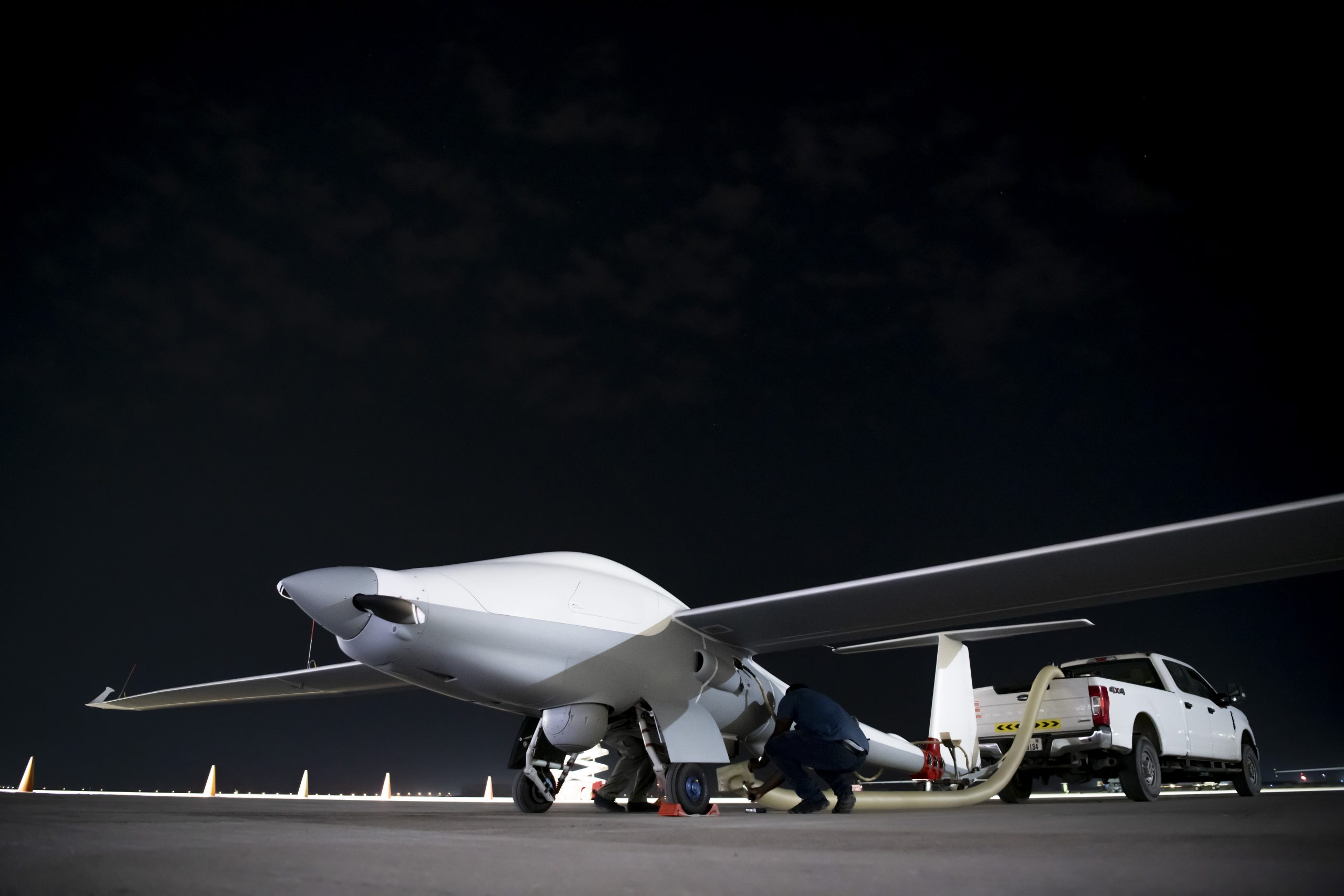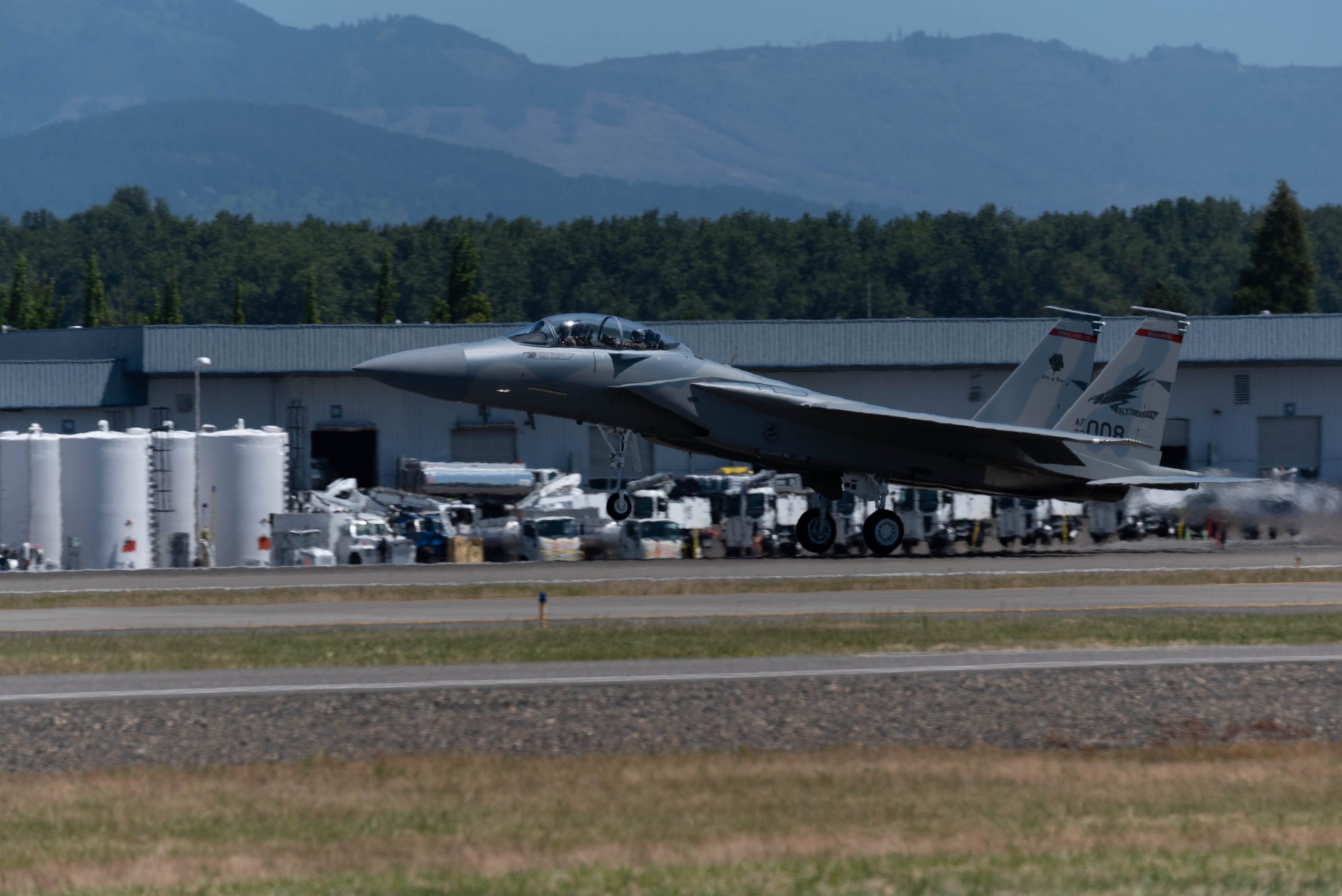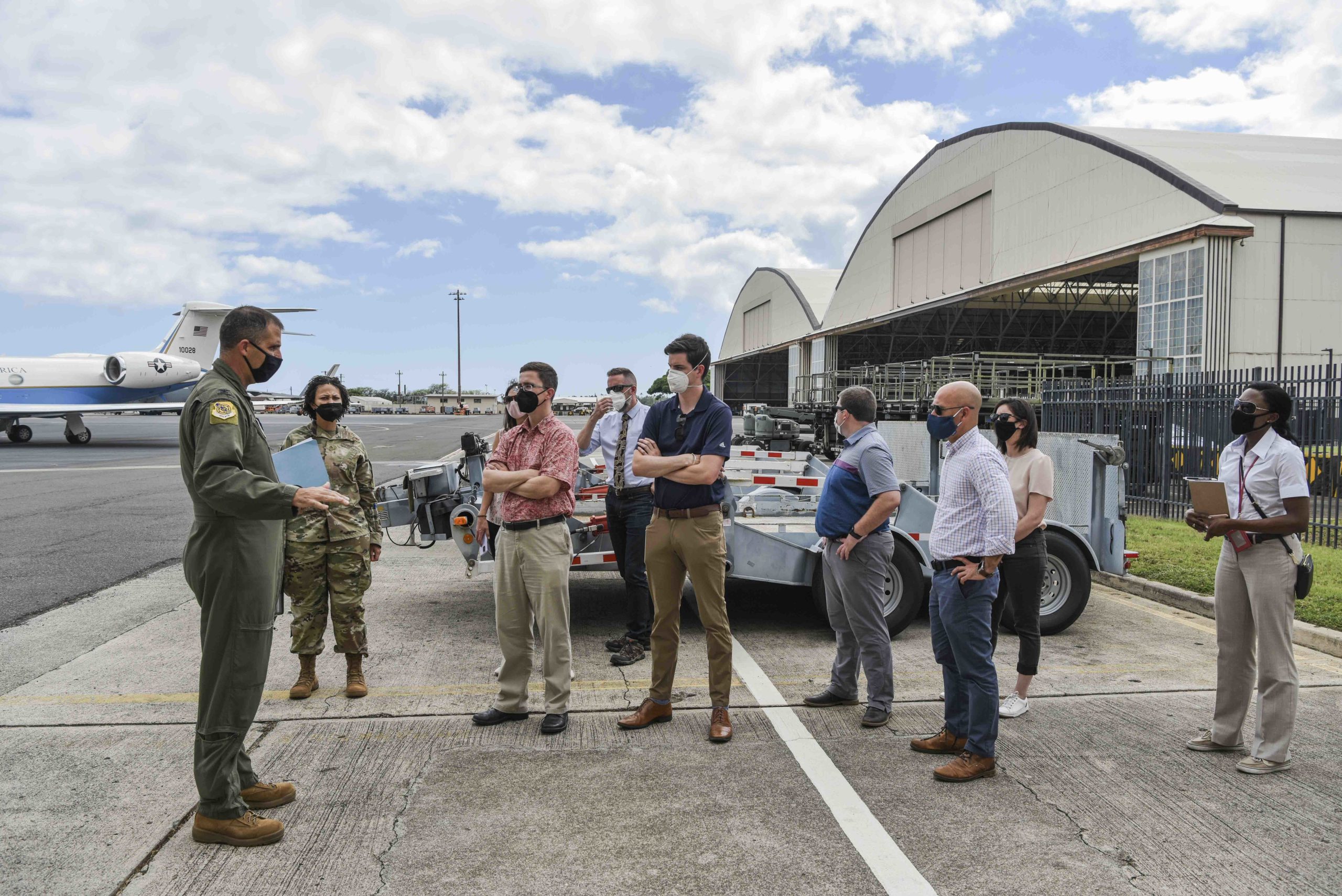Iran and its proxy groups across the Middle East remain a threat to American troops in the region despite being weakened by conflicts on multiple fronts over the past few years, the nominee to run U.S. Central Command said June 24.
Protecting American troops will remain the command’s top priority in the wake of U.S. airstrikes on Iranian nuclear facilities over the weekend, as well as the potential for retaliation by Iran-backed Houthi rebels in Yemen, CENTCOM Deputy Commander Vice Adm. Brad Cooper told the Senate Armed Services Committee at his confirmation hearing on Capitol Hill.
Tehran still possesses “considerable tactical capability,” he said, pointing to Iran’s June 23 attack on the U.S.-Qatari Al Udeid Air Base, and its proxies are still capable of antagonizing U.S. assets and interests.
“You see the blood that’s on the hands of the Iranians . . . with hundreds of attacks against American service members,” he said. “They have, and they continue to be, threats to the United States.”
But Iran is strategically “weakened” and tactically “degraded,” Cooper added. He characterized its proxies, particularly Hamas in the Gaza Strip and Hezbollah in Lebanon, as “significantly degraded.”
“It would be a priority of mine to deter conflict through both the deterrence of Iran and those proxies,” Cooper said. “I think we’re going to have to continue to watch them very closely.”
Cooper—who would be promoted to admiral if confirmed—is next in line to command U.S. troops in the Middle East at the region’s most volatile moment in years. His remarks are among the earliest public assessments by U.S. defense officials of Iran’s current military standing as it begins a fragile ceasefire with Israel following nearly two weeks at war.
Israel and Iran on June 24 publicly committed to pause fighting after Israel’s surprise attack on Iranian military leaders, nuclear facilities, and scientists sparked 12 days of airstrikes that killed several hundred people across both countries. U.S. stealth bombers hit three Iranian nuclear facilities June 21, and Tehran launched a brief retaliatory volley of short- and medium-range missiles against Al Udeid two days later.
Air defenses intercepted that incoming fire; President Donald Trump said no Americans or Qataris were harmed.
This month’s escalation marks the most intense period of conflict between Israel and Iran in years after decades of tension that has occasionally turned deadly.
Israel continues its campaign to eliminate Iran-linked Hamas from the Gaza Strip in response to the group’s 2023 attack that killed around 1,200 Israelis and took more than 250 civilians hostage. More than 56,000 Palestinians have died in the war so far, according to Gaza’s health ministry. Israel has also continued bombing Lebanon after a November ceasefire ended its 14-month war with Hezbollah, another Iranian proxy.
In Yemen, the Iran-backed Houthi militia attacked American ships and drones “about 500 times,” as well as Israeli targets, in retaliation for the war in Gaza before agreeing to stop in May, Cooper said.
Though Iran continues to supply the Houthis extremely well, Cooper said, it’s up to the rebels to uphold their end of the ceasefire.
CENTCOM has introduced “dozens of specific measures” to protect U.S. troops at sea and on bases across the Middle East, he said.
“If I look back specifically toward the Tower 22 incident and the ensuing now 17 or 18 months, we’ve made considerable improvements across the board—layered defense employing both kinetic capability and nonkinetic capability,” Cooper said, referring to the January 2024 drone attack on a U.S. military outpost in Jordan that killed three American soldiers and injured nearly 50 others. The U.S. has blamed an Iranian proxy for the attack.
“We really are leaps and bounds ahead of where we were before,” Cooper said.
He warned that the next fight against Iran’s network may be underground, as the militias turn to subterranean tunnels and compounds that are harder to find and destroy.
“This is a serious issue that we will have to look at in the future,” he said.
Greater investment in sensors and munitions can help address that problem, Cooper said. He also called for faster delivery of counter-drone equipment to guard U.S. assets.
“Our role from a military perspective is to remain ready for a wide range of contingencies and protect our people, and that’s exactly what we’re doing,” Cooper said.
Military officials also worry about the growing cooperation between world powers that have traditionally been at odds with the United States. As Iran’s military might has faltered, its leaders have sought closer ties with Russia, China, and North Korea, creating a “troubling” new axis that warrants more attention, Cooper said.
“We’ve certainly seen the tactical implications of support from Iran to Russia,” he said, referring to military aid powering Moscow’s war in Ukraine. “We’ve seen tactical implications of Chinese companies providing sensors and weapons and components to Iran, who ship them to the Houthis, who shoot them at Americans. I think we need to call those types of things out more, but clearly that emerging foursome . . . is one that we need to pay attention to.”
He pledged to call out China’s efforts to bolster Iran’s economy through oil purchases and its military aid to the Houthis.
“They’ve had a 10-year period of three ships in the Gulf of Aden,” he continued. “They’re there for counter-piracy, but they haven’t caught a single pirate. They’ve turned a complete blind eye to the years of flow of weapons into the Houthis that have ended up getting shot at Americans. I think that’s unacceptable.”
The U.S. will continue partnering with friendly forces in Syria, Iraq, and at sea to curb weapons transfers to groups that plan to use them against American troops and civilian shipping vessels, he said.
Air Force Lt. Gen. Alexus G. Grynkewich, the Joint Staff’s operations director who is nominated to run U.S. European Command and serve as NATO’s top officer, told senators at the hearing the U.S. should keep an eye on Iran’s supply of drones to Russia for use in Ukraine as well.
The partnership among America’s adversaries opens the possibility of a war on multiple continents against countries with complementary military capabilities, he said.
“As we start to think about potential conflicts against great powers, we do need to worry about the potential for simultaneity of those conflicts and think about how we posture ourselves and our allies to help deal with that,” he said.
